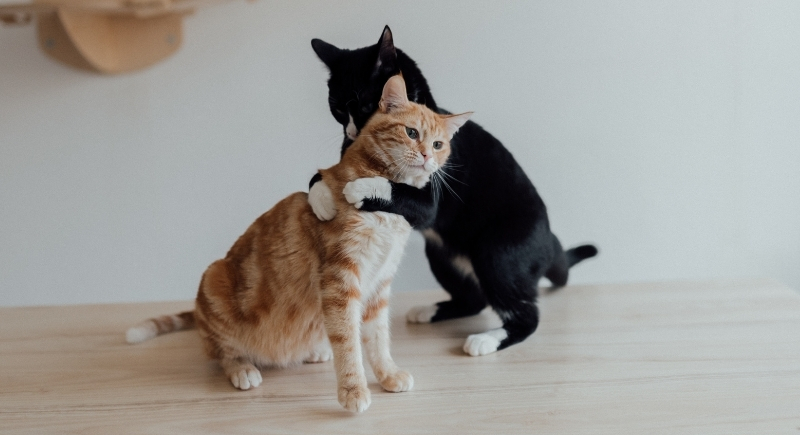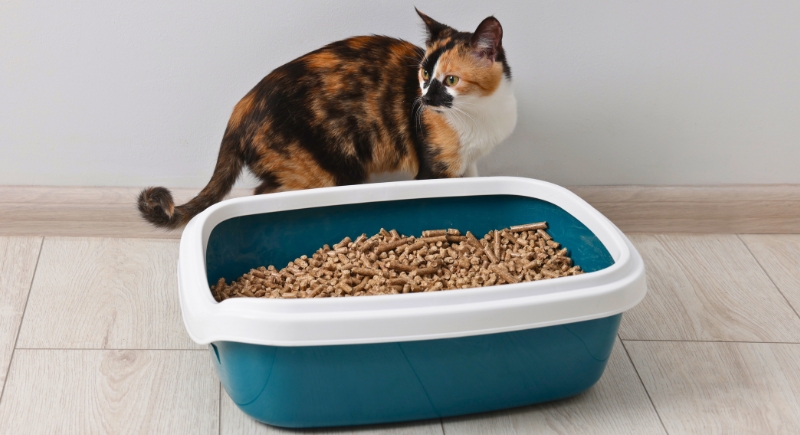There’s an Evolutionary Reason Your Cat Hides Its Pain
Cats don’t easily show pain, even when they’re seriously unwell. This behavior often delays treatment because most signs go unnoticed until the condition becomes advanced. The reason traces back to survival instincts, which eventually made felines hide any sign of weakness.
That instinct remains strong in household cats today. Even in a safe home, they automatically mask symptoms. Therefore, it is important for cat owners to learn the physical and behavioral signs that may indicate hidden pain.
Instincts That Once Protected Wild Cats

Image via Pexels/Arina Krasnikova
In the wild, cats had to hide pain to stay alive. An injured animal stood out and risked being attacked by predators or left behind by others. Any visible sign of weakness made survival harder. Eventually, concealed pain was one of the factors that allowed these animals to protect themselves and pass on their genes. This instinct did not disappear when cats moved indoors, and it’s still active.
A feline may seem fine and not show any sign of discomfort. This attitude is automatic and deeply rooted. Owners often expect obvious signals, but those usually don’t appear until the problem is severe. Many cats with injuries, illnesses, or chronic pain give no clear warning. Their ability to look normal creates a false sense of security.
Subtle Physical Changes Reveal Discomfort
While it is true that felines don’t often show clear physical signs when something hurts, small actions in how they move or take care of themselves can reveal discomfort. A noticeable drop in activity is often the first clue. A cat that used to jump onto furniture may stop trying. One that runs around the house may start sleeping more.
Appetite loss is another early sign, especially if it happens suddenly. Grooming behavior also alters with pain. Cats may stop cleaning their fur because it feels uncomfortable to twist and reach. In contrast, others may overgroom one specific spot, which can signal pain in a related area.
For example, licking near the base of the tail may point to kidney issues. Meanwhile, long nails can be a sign that a cat is not using the scratching post, which may be painful to reach.
Litter Box Habits Give Clear Clues

Image via Canva/African Images
Cats usually stick to their litter box routine, which makes changes easy to spot. When they stop using the box or act differently while using it, pain is typically involved. One common issue is arthritis or joint discomfort, which makes climbing in or squatting painful. A cat might start urinating outside the box simply because stepping in has become difficult.
In other cases, they may associate the box with discomfort if urination causes pain. This is common with urinary tract infections or blockages. A cat that strains or produces very little urine could have a serious medical emergency.
Cats also sometimes hold back waste to avoid discomfort, which creates new health risks. It’s important to track any modification in frequency, posture, or location during elimination. Keeping the box clean and accessible is helpful, but physical pain tends to require veterinary attention.